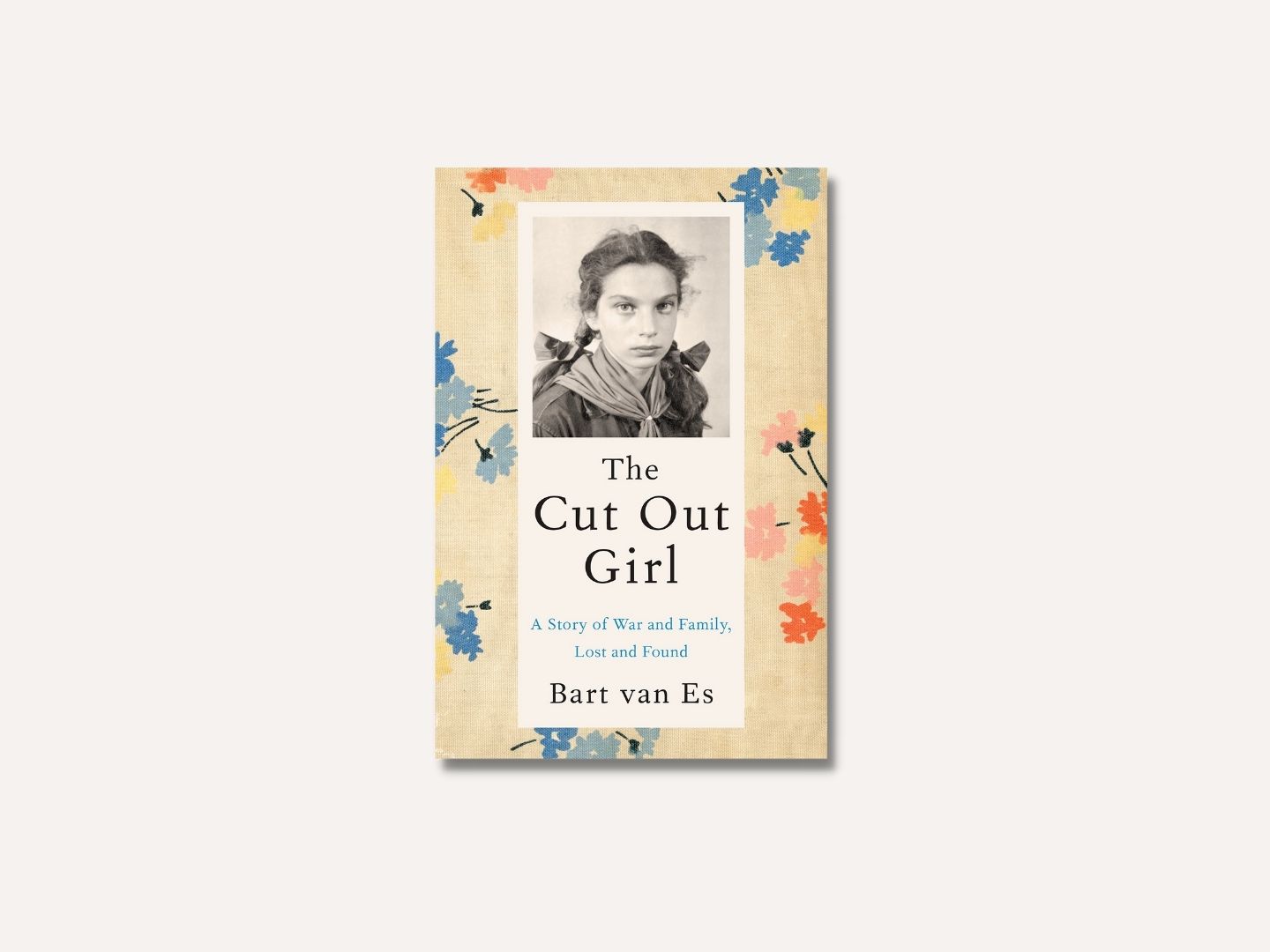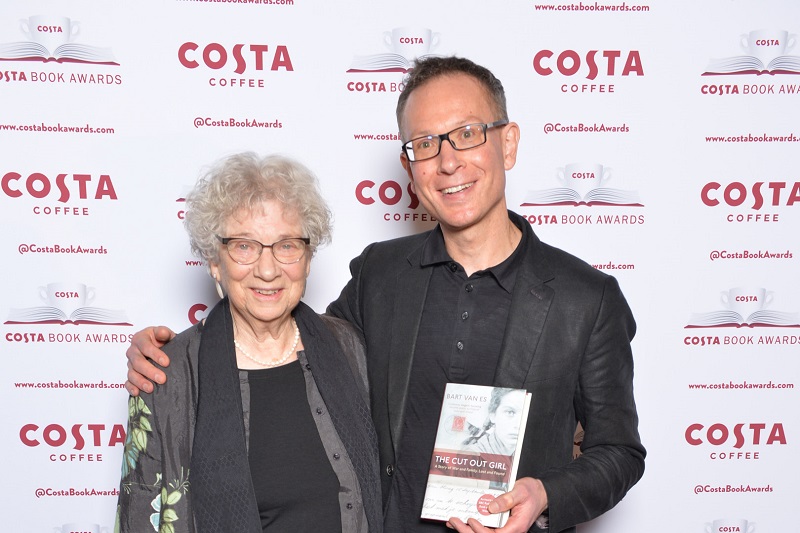
Van Es looked into his family’s wartime history, knowing that his grandparents had been part of the Dutch resistance (Photo: Penguin Books)
Debate about who alerted the police to the secret annex where Anne Frank and her family hid for two years during World War II was reignited by the January release of The Betrayal of Anne Frank: A Cold Case Investigation. It named a Jewish notary as the culprit, but Dutch academics refuted that claim. As a result, on March 23, Amsterdam-based publisher Ambo Anthos recalled the title.
The Cut Out Girl is also about a young girl who hid from the Nazis during the Holocaust. It is a gripping narrative told in a personal approach, based on conversations between two generationally separated but inextricably connected souls. Through his passion and forensic efforts, author Bart van Es shares this story of war and family, lost and found.
Van Es was born in the Netherlands and grew up in Norway, Indonesia and Dubai. Since 1999, he has worked at the University of Oxford, where he is now professor of English Literature. He has, as one would expect, a repertoire of academic publishing. The Cut Out Girl is part historical narrative and part novel with its sometimes imagined retelling of events. It offers a delightful departure from academic rhythms, with simple language and an emotional charge.
In 2014, Van Es began looking into his family’s wartime history, knowing that his grandparents had been part of the Dutch resistance. He made contact with Lien de Jong, a Jewish woman now in her eighties, who had lived in hiding with Van Es’ grandparents as a child. A mysterious row in the 1980s had cut her off from the family, which meant that young Van Es and Lien had never met before this writing project. Working together to retrace what happened in the past, their friendship grew.
the_cut_out_girl.jpg

The Cut Out Girl, originally released in 2018, is the story of a Jewish child who survived World War II in the Netherlands. Handed over to a member of the resistance by her parents, Lien was subsequently placed with a network of families. She was sometimes hidden in secret places and at other times, living out in the open under a false identity, suffering great hardships and narrowly escaping capture on several occasions.
From interviews with her and by using hundreds of documents, including surviving letters, poems, official documents and photographs, Van Es has written a novelised account of Lien’s experience, both during and after the war. He also shares his own experiences of researching and writing the book, between 2014 and 2017.
In addition to being a personal account, this book is a reckoning with Dutch history. It tries to explain why a country that had little record of anti-Semitism should have proved so compliant with Nazi wishes. Van Es confronts the stark fact that the wartime death rate of Jews in the Netherlands (80%) was much higher than that in any other Western nation. Moreover, it was the Dutch citizens, not Germans, who did the work of tracking them down and sending them east.
“Without families, you don’t get stories,” Lien told Van Es when they first met. The first photograph she shared with him showed her in a pinafore sitting on a school bench, at the age of seven. It has a description of a small farewell party at which she, aged eight, said goodbye to her aunts, uncles, grandparents and parents. That was the last time she saw any of them.
A number of points distinguish The Cut Out Girl from other World War II survival memoirs, biographies and novels, most notably the fact that it takes readers from the past to the present. It deals not simply with a war story but also the lifelong consequences of wartime experience, both for the rescued victim as well as her rescuers. Van Es’ calm way of presenting often-difficult scenes interlaces a novelised account of Lien’s life with a first-person account of his own research for the book. It is a style that personalises the reading experience for everyone who picks up the book and makes its historical content even easier to remember.
Ultimately, although the book is about revealing and coming to terms with the past, its message promises hope — for personal revival and rejuvenation through reconciliation. More importantly, it reminds us of the wonderful bonds that can develop through the sharing of personal memories and stories.
The Cut Out Girl, an easy and engaging read with weighty content, won the Costa Book of the Year 2018 award. It is available in 17 languages.
This article first appeared on Apr 4, 2022 in The Edge Malaysia.


